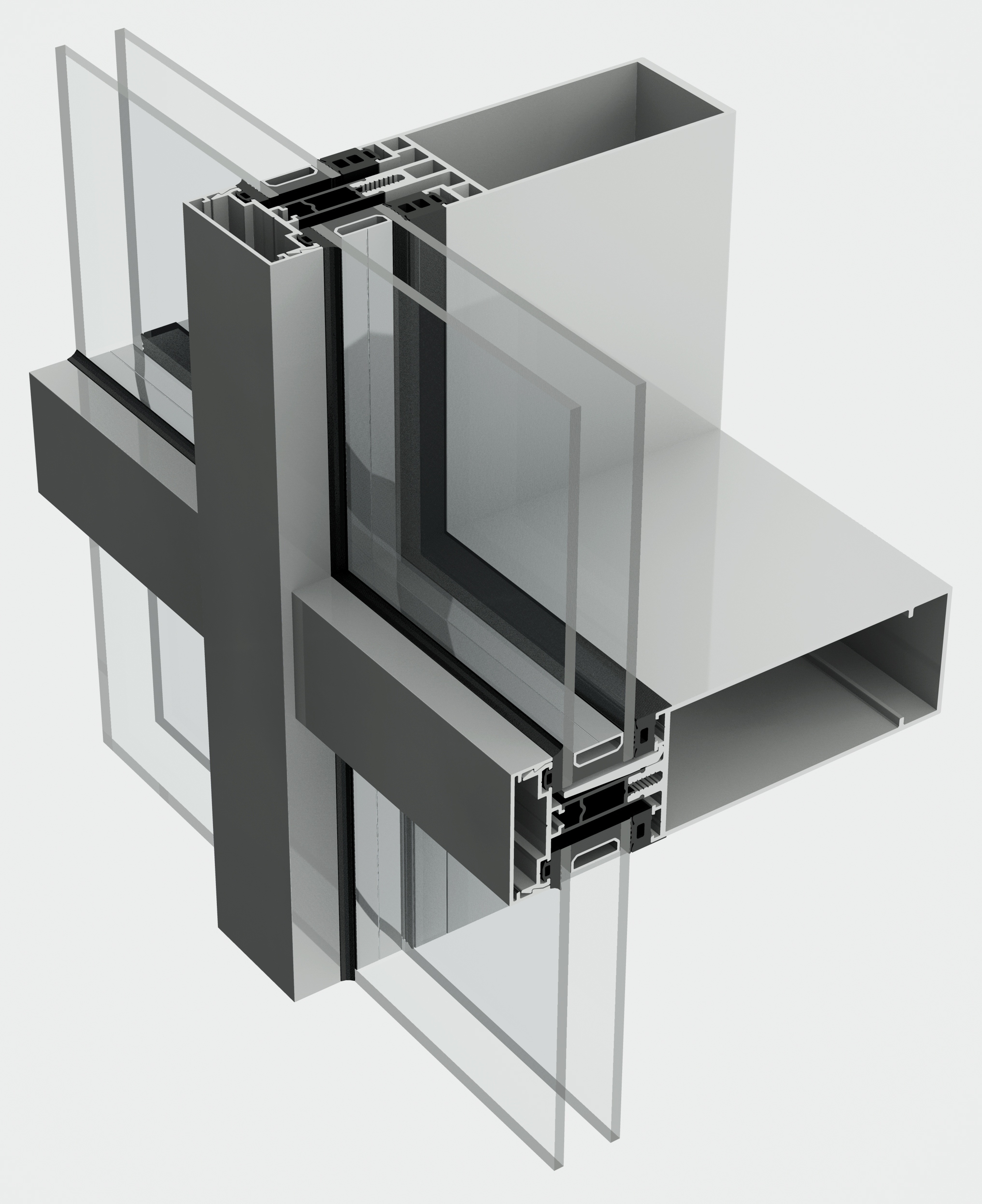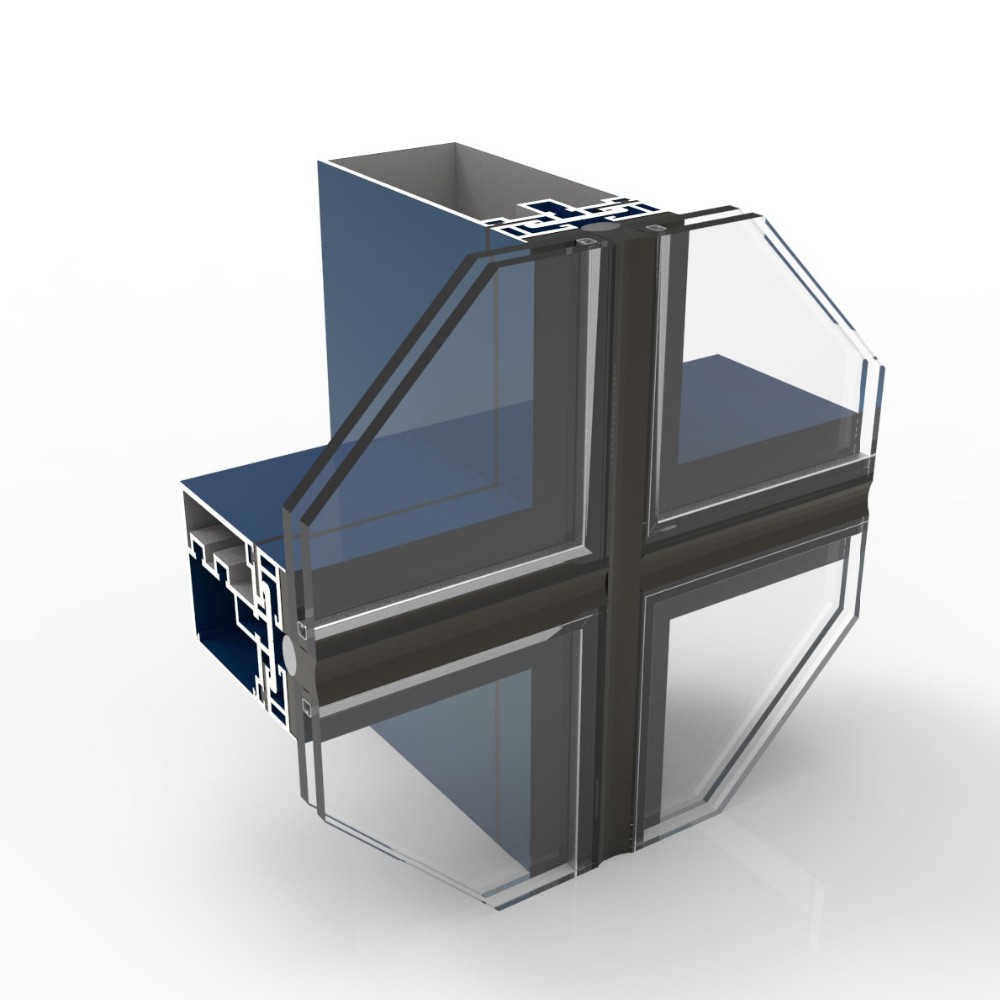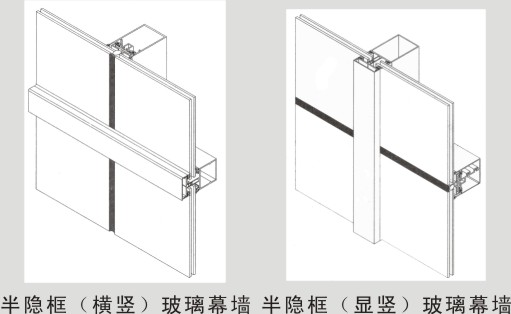Polyethylene film (PE)
PE film has certain similarity in its physical and mechanical properties with PVC film, and is widely used in the packaging field because of its excellent dimensional stability. The surface of the PE film can be made printable and coatable by ordinary industrial corona treatment. The corona effect lasts for at least 6 months (corona level greater than 38 mNm) as required. The PE film can be corona treated (corona refresh) again before printing.
PE film can be used in different fields of application by adjusting its thickness. For example, a 150-micron film is used for chemical and industrial products; an 80- to 100-micron film is used for shampoo bottles, cosmetic bottles, and daily necessities. The PE film is a polyolefin-based carbon-carbon polymer whose chemical composition determines the environmental compatibility and high recyclability of the PE film.
Polypropylene Film (PP)
Uniaxially oriented and biaxially oriented polypropylene cast films can be associated with their excellent mechanical processing properties, good surface visual effects, and relatively thin film thicknesses. The disadvantage compared to PE film is that the corona treatment effect of the PP film is relatively short (printability approx. one to one and a half months after corona treatment at a corona level of 38 mNm).
Similar to PE film, PP film can also be applied to different fields of application by adjusting its thickness. Such as 60 micron PP film can be used for hard, highly transparent bottle: shampoo, cosmetics, food, cleaning fluid, etc.; 50 micron can be used for drinks, nutrition, drugs and other "unlabeled" sense of the packaging carrier; 30 to 40 The micro-PP film can be used for brochure labels and "unlabeled" packaging carriers such as beverages, cosmetics, and hygiene products.
The PP film is also a polyolefin-based carbon-carbon polymer whose chemical composition determines the environmental compatibility and high recyclability of the PP film.
Polystyrene film (PS)
The chemical structure of PS determines its excellent punchability and excellent dimensional stability at room temperature. However, its anti-(barrier) oil (fat) properties are poor. PS is not a polyolefin. Its environmental compatibility and recyclability are relatively inferior to polyolefin polymers.
Polyester film (PET)
Polyester film is an ultra-transparent film with excellent dimensional stability. Its excellent visual performance and relatively thin thickness make it an excellent choice for "tag-free" label applications.
The 12-micron PET film can be used as a surface composite. The appearance of high quality and the protective function it has are also reflected in this material. 50-micron PET label films can be used on packages that are sensitive to water, grease, and chemicals.
Although PET is not a polyolefin, it can be washed, shredded, and then effectively recycled and pelletized into fibers, films, and PET bottles.
Polyvinyl chloride film (PVC)
The main feature of PVC film is its diversity in color, thickness and hardness. Current PVC raw materials do not contain heavy metals, but they still use softeners. The chemical structure of PVC determines the suitability of this material for outdoor use (out-of-life for 2 to 7 years). PVC films contain chlorides, and their environmental compatibility and recyclability have long been controversial.
In plastic labels, polyethylene (PE) and polypropylene (PP) films have become the most widely used plastic label substrates due to their relatively wide processing temperature range (to 260°C) and excellent mechanical and rheological properties. .
A Curtain Wall system is an outer covering of a building in which the outer walls are non-structural, utilized to keep the weather out and the occupants in. Since the curtain wall is non-structural, it can be made of lightweight materials, thereby reducing construction costs. When glass is used as the curtain wall, an advantage is that natural light can penetrate deeper within the building.
Curtain wall systems are typically designed with extruded aluminum framing members. The aluminum frame is typically infilled with glass, which provides an architecturally pleasing building, as well as benefits such as daylighting. However, the effects of light on visual comfort as well as solar heat gain in a building are more difficult to control when using large amounts of glass infill.
There are frame curtain wall, frameless curtain wall and half frameless curtain wall.



Curtain Wall
Curtain Wall,Glass Curtain Wall,Aluminium Curtain Wall,Exterior Curtain Wall
Lingyin Construction Materials LTD , https://www.lingyincn.com
![<?echo $_SERVER['SERVER_NAME'];?>](/template/twentyseventeen/skin/images/header.jpg)